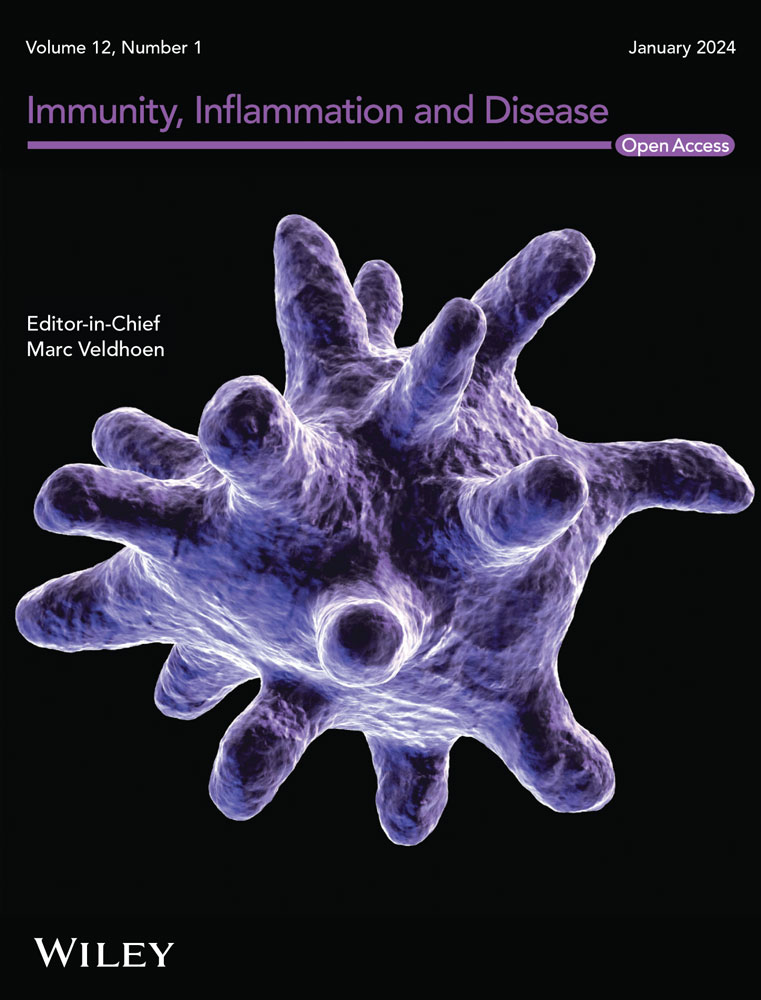Insights Into Enterovirus D68 Immunology: Unraveling the Mysteries of Host-Pathogen Interactions
Abstract
Background
Enterovirus D68 (EV-D68) has emerged as a significant respiratory and neurological pathogen, particularly affecting children with severe respiratory illnesses and acute flaccid myelitis. Understanding the interaction between EV-D68 and the host immune system is crucial for developing effective prevention and treatment strategies.
Objectives
This review aims to examine the immune response to EV-D68, its mechanisms of immune evasion, and the current progress in vaccine and antiviral development while identifying gaps in knowledge and future research directions.
Methods
A comprehensive review of the literature was conducted, focusing on the innate and adaptive immune responses to EV-D68, its strategies for immune evasion, and advancements in therapeutic interventions.
Results
Pattern recognition receptors detect EV-D68 and trigger antiviral defenses, including interferon production and activation of natural killer cells. B cells generate antibodies, while T cells coordinate a targeted response to the virus. EV-D68 employs mechanisms such as antigenic variation and disruption of host antiviral pathways to evade immune detection. Progress in vaccine and antiviral research shows promise but remains in the early stages.
Conclusions
EV-D68 represents a complex and evolving public health challenge. Although the immune system mounts a robust response, the virus's ability to evade these defenses complicates efforts to control it. Continued research is essential to develop effective vaccines and antivirals and to address gaps in understanding its pathogenesis and immune interactions.
Implications
A multidisciplinary approach is critical to improving diagnostic, preventive, and therapeutic strategies for EV-D68, ensuring better preparedness for future outbreaks.


 求助内容:
求助内容: 应助结果提醒方式:
应助结果提醒方式:


